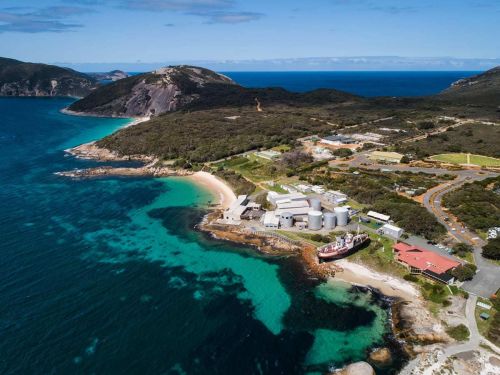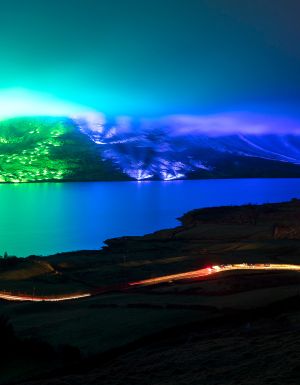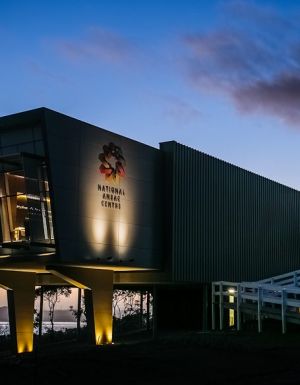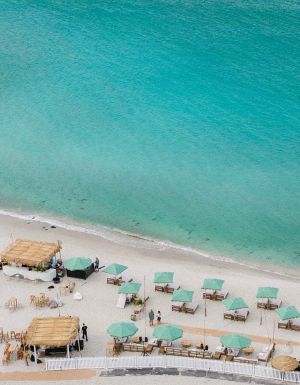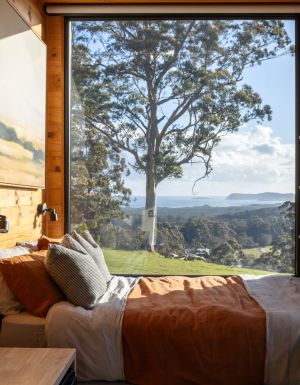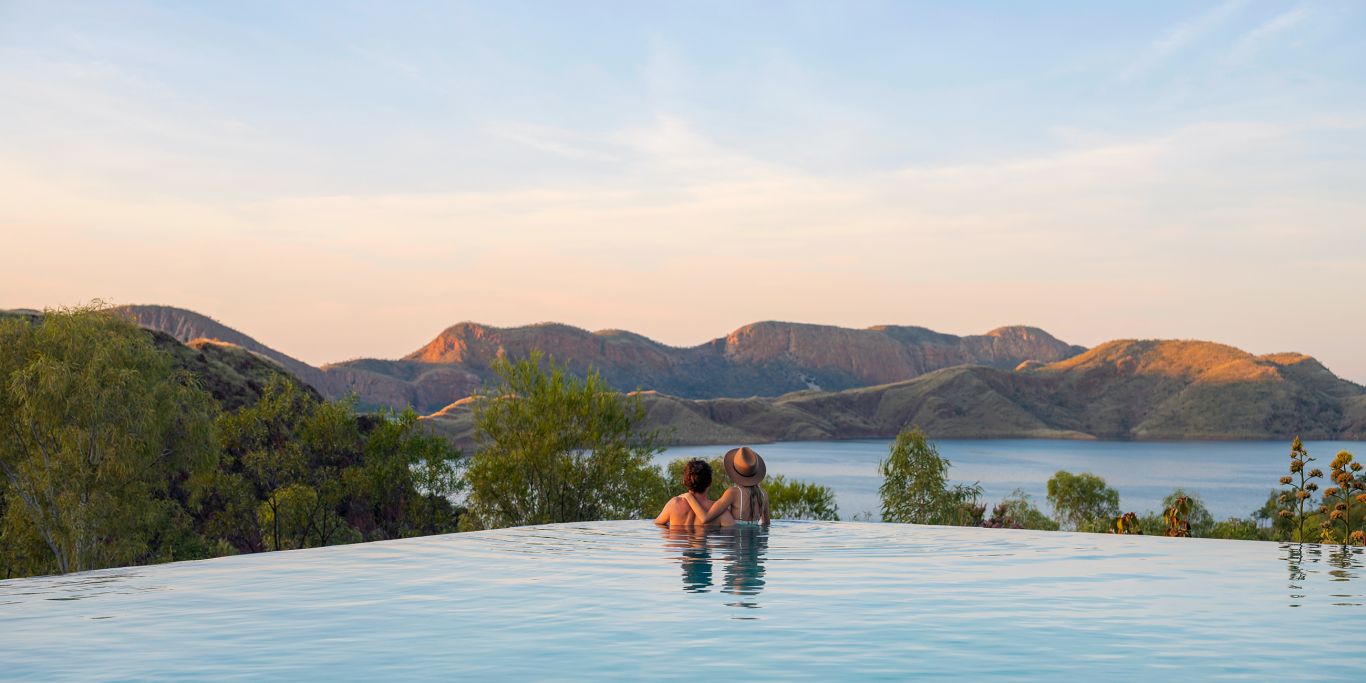Danielle Norton pens a love letter to Albany, a port town on Western Australia’s southern coast that endears itself with its bookstores, bakeries and beaches to see why it landed at no.22 on your list of Top 50 Aussie Towns.
Find the complete list of the Top 50 Aussie Towns here.
An Albany love affair
My friends are surprised when I tell them a visit to Albany is like a blind date that goes really, really well. The description on the brochure, a port town in WA’s great South West, did little to highlight the revelatory conversation starters the town had in store for me, the surprises and pleasures that spending time with it would bring, and how it would woo me with its bookstores, bakeries and beaches.
Albany has style and sophistication, but it also has a rugged edge, sitting as it does between the coast and the outback. Alongside the blossoming cultural scene, where film and foodie festivals abound, there’s also the possibility of mountains to climb, historical tales to uncover, and adventures to be had.

Wandering the streets of Albany, I am struck by the little details that make this town so charming. It embraces the artistic talents of its community. Tiny mosaic artworks punctuate the footpaths and the town’s laneways are adorned with street art by both Australian and international artists.
Walking between the farmers’ market and my hotel, the Hilton Garden Inn Albany on the foreshore, I feel like I am being romanced by the town. A fancy restaurant, a contemporary store selling quality clothing, homewares and gifts, a worthy rival for any city shopping strip, an unassuming smile before I see behind its facade into another multi-layered part of its personality.
The town is on its best behaviour, but not afraid to show its true self. A litany of pristine beaches surrounds the town and I am nearly giddy choosing between Ellen Cove and Discovery Bay, where the old Whaling Station sits, Misery Beach (named Australia’s best in 2022), Emu Point and Little Beach.

Full of history and charm
Albany knows to give me options and I feel like this date has really done its homework about me. There are not one, but two, bookshops. Paperbark is fully stocked with bestsellers and recently released tomes, and I love the Gemini second-hand bookshop, which has a whole section dedicated to Western Australian authors such as Tim Winton, Rachael Johns and Craig Silvey.
I sink my teeth into a potato galette at Bred Co and start to convince myself that this combination of flaky, sweet and savoury could be a snack that would satisfy me for the rest of my life.

My date also knows I didn’t pay close enough attention in school. The pride of Albany is the National ANZAC Centre. I had completely forgotten the fact that every soldier who fought in Gallipoli had been transported to this tiny town in WA to be shipped from the Port of Albany to Turkey.
For history buffs, the gift shop is well-stocked with obscure books and memorabilia. As we climb to the Convoy Lookout at the top of Mt Clarence, the vantage point makes it easy to see why this was such an excellent position for a fort.

The views of Frenchman Bay and King George Sound are captivating. I love the fresh air in Albany, the beaches at every turn, the tranquillity, the Saturday morning farmers’ market on Collie Street, the Wilson Brewing Company on a Sunday arvo, kids and dogs included.
I love the university options for regional students, the cosmopolitan celebrations like CineFestOz Albany and Taste Great Southern , Sunday sessions with live music in the Hilton Garden Inn, people walking dogs in the early morning on the foreshore lining up to buy coffee at Haz Beanz , whale-spotting tours, the swimming pool platform in the ocean at Middleton Beach where the local kids take their first strokes.
I love the feats of engineering that have constructed walkways over the wild waters of The Gap and the respect for nature that means humans have left the nearby blowholes unfenced. I love learning that the First People of Albany have a history of embracing the white settlers, who arrived on Christmas Day in 1826, and the Noongar population were not imprisoned or embroiled in battles with them.

The two cultures coexisted at a time when fierce wars were being fought around the country. The Noongar philosophy of sharing the spoils of the land was extended to the newcomers. I love that so much evidence of this exists today; I see the fish traps at Oyster Harbour on the Great Southern Outback Eco Tour, where the traditional owners have been catching fish for about 40,000 years.
I love that the local council respects the Noongar calendar of the seasons, which is installed as an artwork in the courtyard at the visitor centre. When people arrive at this, the southern terminus for the Munda Biddi Trail and the Bibbulmun Track, they can look down and see the six seasons depicted. Albany, I am very impressed. I’ll be waiting for your call.
Explore more of Albany in our travel guide or find out which other towns made it into your Top 50.


